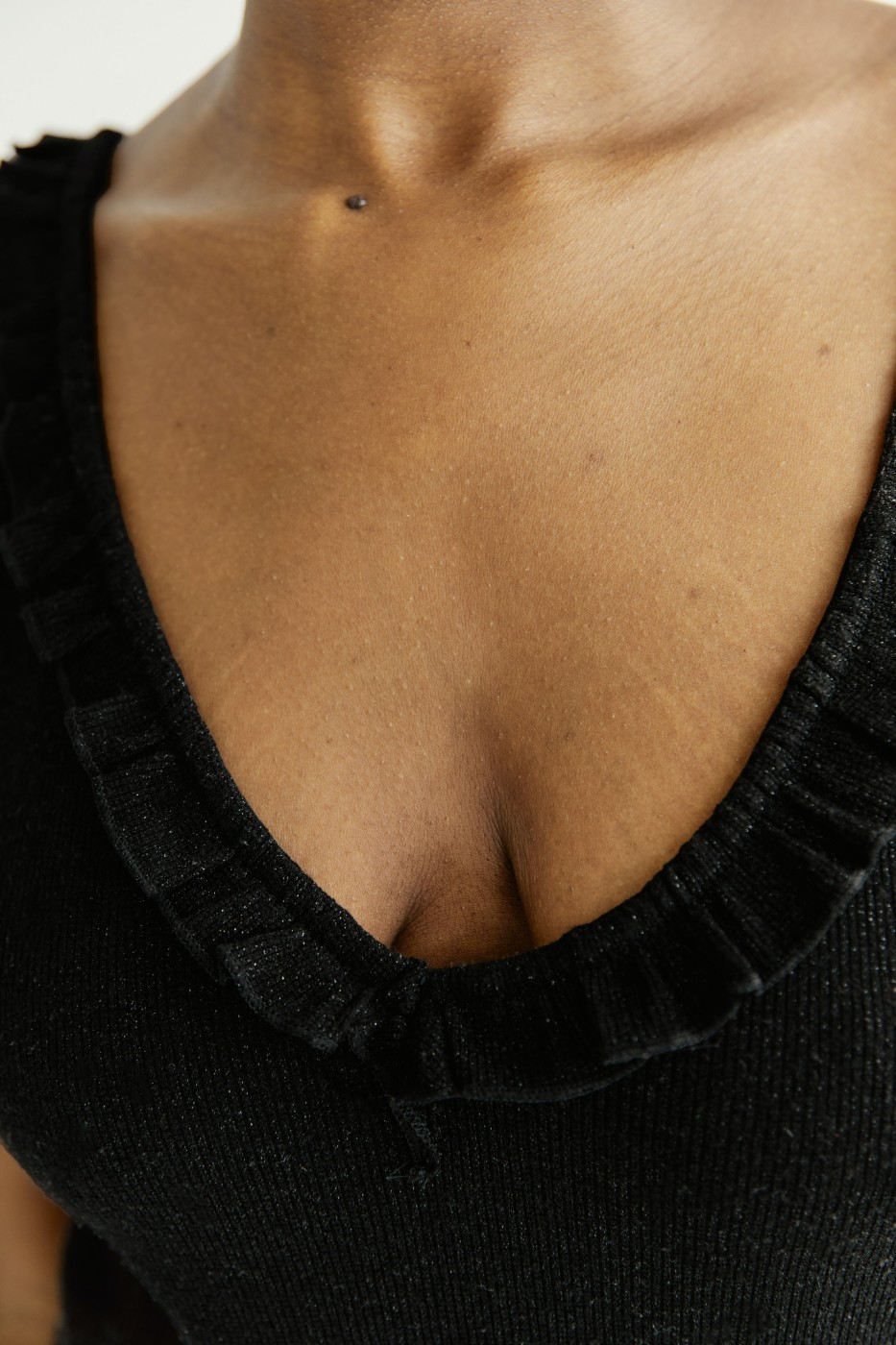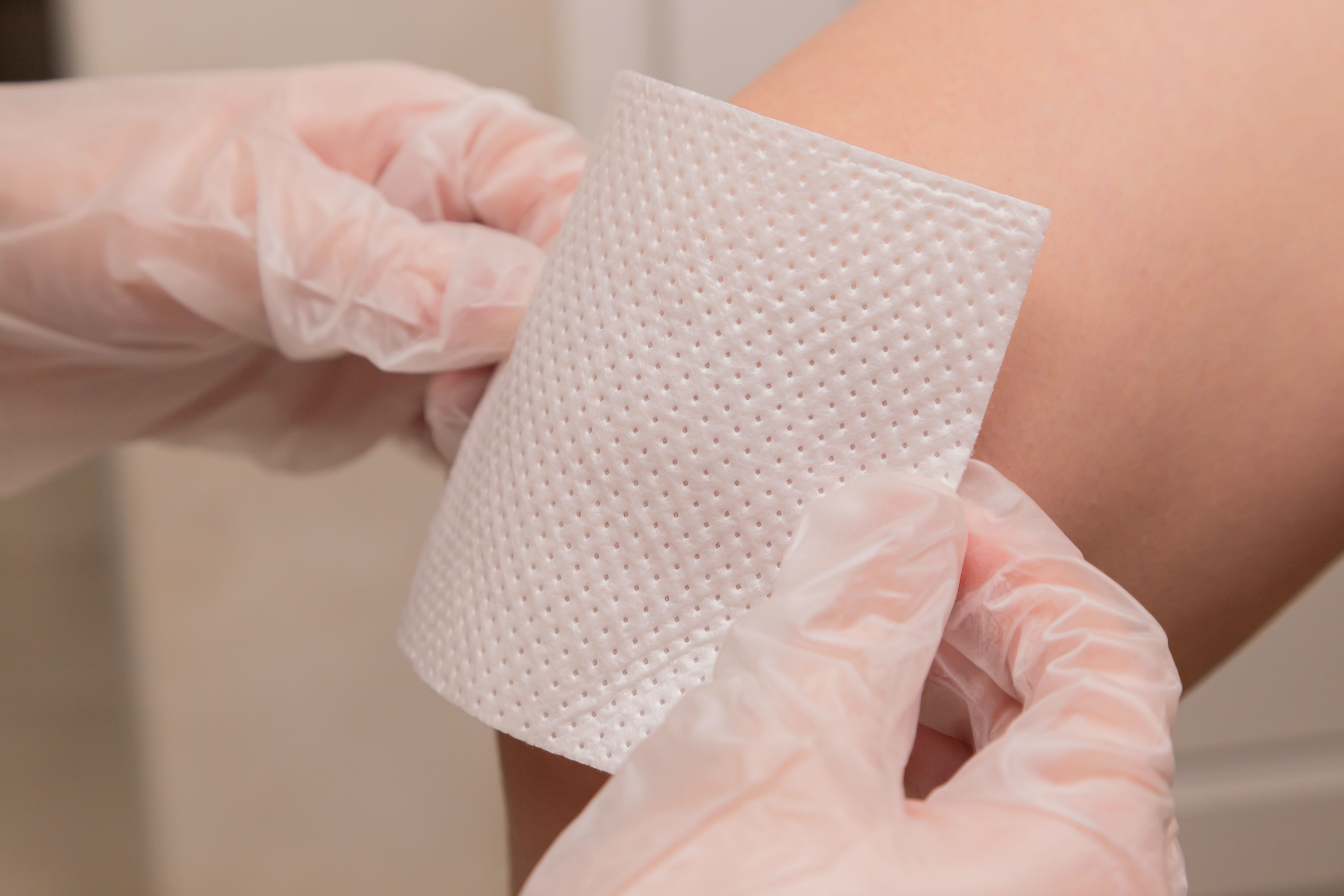Remember how Ross from Friends got a skin-abnormality on his behind diagnosed by a professional? Okay, more like professionals. But he sought an expert’s advice anyway, and that’s just one lesson we’ve learned from the sitcom. Though his mole was harmless, many aren’t — some are Cancerous, and can come with life-threatening repercussions.
Though the incidence of this kind of cancer isn’t high in India (thanks to higher amounts of melanin in our skin), new statistics suggest that Northern Indian is afflicted with melanoma; while Northeast India is experiencing a surge in non-melanoma Cancers. So — I reached out to two dermatologists to break this type of cancer down for me. Dr. Nivedita Dadu, Renowned Dermatologist, Founder & Chairman of Dadu Medical Center and Dr. Manjot Marwah, Award-Winning Celebrity Dermatologist, Hair Transplant Surgeon, and Consultant & Director at Dr. Manjot’s Clinic tell me about the types of skin cancer, telltale signs, how it develops, and what sets it apart from a lesion on the skin — along with every question you might have in mind.
Is That Mole On Your Body Truly Harmless?

What are some signs you’ve developed skin cancer?
Dr. Nivedita describes this kind of cancer as an unchecked growth of (skin) cells or tissues. Any part of your skin that’s exposed to the sun can lead to this type of Cancer — and even skin that isn’t visible to the sun is susceptible. She explains, “An unusual growth or sore that doesn’t go away may be the first indication of a non-melanoma skin cancer. Skin cancer may initially appear as a nodule, rash, or irregular patch on the surface of the skin. These spots may be raised, and may ooze or bleed easily. As the Cancer grows, the size or shape of the visible skin-mass might undergo a change, and the cancer can penetrate deeper layers of the skin. It might be difficult to differentiate one form of skin Cancer from another. Skin Cancer may appear on the body in many different ways. A changing mole — or a mole that looks different from the others — dome-shaped growth, scaly patch, non-healing sores or sores that heal and return, and a brown/black streak under a nail are signs you might have developed Cancer.”
Dr. Manjot sums it up for us like this, “Since there are different types of Cancers, they manifest in different ways — from discoloured moles to lesions that won’t heal. This helps patients catch their Cancer while it’s most treatable.”
Which parts of your body can it appear on?
Both experts agree that it can appear anywhere. It can develop on areas of the body not commonly exposed to sunlight, and more hidden areas of the skin — including between the toes, under the fingernails, on the palms of the hands, on the soles of the feet, and even in the genital area. But since it typically occurs due to exposure U.V light exposure, it’s often found on areas of the body that are exposed to the sunlight like the face — especially the nose, cheeks, ears, scalp, shoulders, arms, and hands.
Who’s at risk of developing skin cancer?
Dr. Nivedita and Dr. Manjot agree that certain factors predispose an individual to Cancer. These can include:
- Since certain types of this Cancer are caused by sunlight, those who spend a lot of time exposed to the sun — or avoid sun protection are more vulnerable. Squamous cell and basal cell carcinoma are two types of skin cancer that occur more often in people who have more exposure to the sun or other sources of U.V radiation over their lifetime Regardless of this, some skin Cancers can affect anyone — without any particular predisposition.
- People who are fair-skinned; have blonde or red hair; blue eyes; and freckles are more susceptible.
- People whose skin has a tendency to burn rather than tan are predisposed to Cancer — in other words, skin that has been burned, sunburned, or injured from disease has a higher risk of developing skin Cancer.
- Even those with a weakened immune-system due to a bone marrow/stem-cell transplant, organ transplant, or diseases such as HIV/AIDS, and certain types of leukemia have a higher risk of developing skin Cancer.

Are there different types of skin cancer?
The experts classify them into three types: basal cell carcinoma, squamous cell carcinoma, and melanoma. Dr. Nivedita explains each one’s signs and symptoms:
- Basal cell carcinoma: Basal cell carcinoma arises when skin’s basal cells grow in an abnormal and uncontrolled manner. This type of skin cancer are those that line the outermost layer of the skin. This type of skin cancer usually occurs in people who have fair skin. It appears as a slightly transparent bump on the skin and on areas of the skin that are exposed to the sun such as the head and neck.
- Squamous cell carcinoma: Uncontrolled growth of abnormal squamous cells results in the squamous cell carcinoma skin cancer. Squamous cell carcinoma develops in the squamous cells that make up the middle and outer layers of the skin. This type of skin cancer is characterised by a red firm bump, scaly patch, or a sore that heals and then reopens.
- Melanoma: It is one of the deadliest skin cancers where the malignant tumor growth occurs because of an unrepaired DNA damage to skin cells triggering mutation. It develops in the melanocytes — the cell that produces melanin. It can develop within a mole or appear suddenly on the skin as a dark spot.
What causes skin cancer?
“The main cause of skin Cancer is overexposure to sunlight — especially when it results in sunburn and blistering. Ultraviolet (U.V) rays from the sun damage DNA in the skin. This causes abnormal cells to form. These abnormal cells rapidly divide in a
disorganised manner, forming a mass of cancer cells. Another cause of skin cancer is frequent skin contact with certain chemicals, such as tar and coal. It comes when unrepaired DNA problems for skin cells and tissue triggers mutations. It also comes from genetic problems. Most skin Cancers are naturally modulated by the immune system or by mutational repair mechanisms. When the immune system is compromised or due to weak mutation repair genes, development of malignant cells happens that eventually grow into a tumor,” says Dr. Nivedita.
And Dr. Manjot says, “Skin cancers occur when something goes wrong in the skin cells (melanocytes or keratinocytes). Normally, skin cells develop in a controlled and orderly way — healthy new cells push older cells toward your skin’s surface, where they die and eventually fall off. This fails to occur in Cancers and we start seeing abnormal growth.”
How do you differentiate between skin cancer and a lesion/mark on the body?
Dr. Manjot tells us to answer these questions. A simple way to differentiate between the two, she says, is to look out for warning signs of skin Cancer. The A-B-C-D-Es of skin Cancer:
- Asymmetrical: Does the mole or spot have an irregular shape with two parts that look very different?
- Border: Is the border irregular or jagged?
- Colour: Is the colour uneven?
- Diameter: Is the mole or spot larger than the size of a pea?
- Evolving: Has the mole or spot changed during the past few weeks or months?

Is there any way we can self-diagnose? Any checks we can conduct at home?
Dr. Manjot advises us to look for non-healing lesions or moles, and keep a check on them.
“If you see dotted brownish spots; wounds whose size and colour changes; a swelling of body parts that appears red, white, blue or blue-black; or swelling on the fingers, toes, anus, vaginal and lower legs, it’s clear that you are
suffering from skin Cancer,” says Dr. Nivedita.
To avoid skin Cancer, she recommends following some tips:
- Avoid the sun during the middle of the day: Soaking in the sun is essential to get your dose Vitamin D in a day; but try to avoid doing this when the sun’s rays are the strongest.
- Applying sunscreen is not only essential in the summers but equally vital in winters.
- Apply sunscreen with an SPF of at least 30 — even on cloudy days.
- Wear protective clothing. Wear dark-coloured and tightly-woven cloths to cover your arms and legs, and protect yourself against the harsh rays.
- Check your skin regularly. If you notice even the slightest change in your skin, contact your doctor. Get yourself examined for new growth or changes in existing moles, freckles, bumps, and birthmarks.
Can wearing sunscreen prevent skin cancer? How?
Dr. Manjot advises us to ritualise the application of sunscreen, “One of the main reasons for skin cancer is exposure to UV radiation from the sun. Wearing a sunscreen and definitely help prevent that. It is very important to inculcate this habit in our kids — start early!”
According to Dr. Nivedita, “Sunscreens can help reduce the risk of at least one type of skin cancer: squamous cell cancer. But not melanoma — melanoma tends to show up years after damaging exposure to the sun. It’s also linked to more intermittent sun
exposure. Sunscreen prevents sunburn, and sunburn is one of the main predictors of all types of skin cancer.”
If you’ve been dealing with similar signs and symptoms, avoid doing too much research on the internet. We’d advise you to consult a professional as soon as possible.
Featured Image: Pexels



